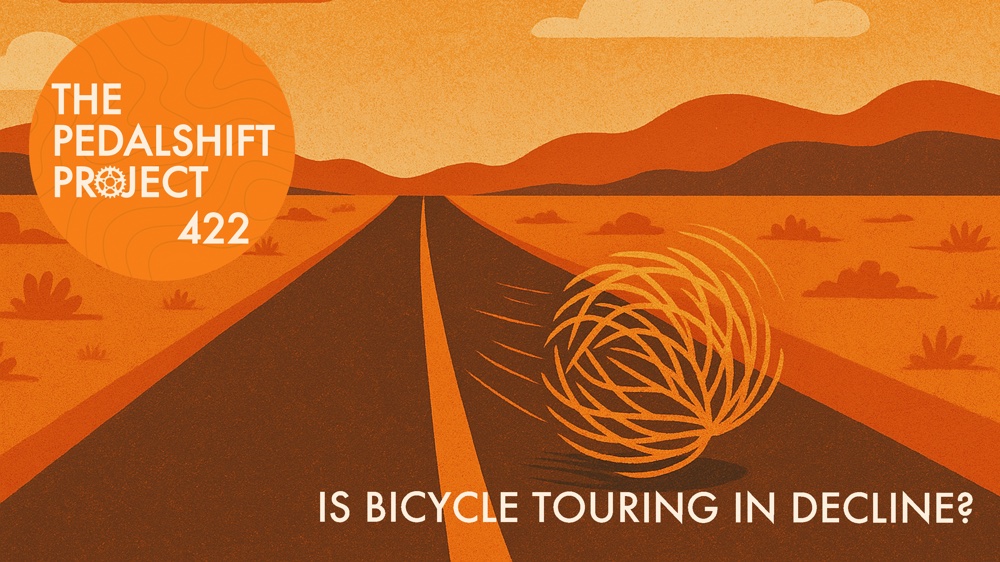Pedalshift has a new basecamp
Why? This move is all about geography, access, and expanding the Pedalshift touring sandbox. Seattle places world-class touring terrain right outside the door and increases the show’s ability to cover more routes, more often.
And yes—this is a return to the broader PNW. Think of it as a new basecamp, and not a commentary on my beloved Portland. It remains the land of sunshine and bunnies, and it’s just down I-5.
There’s obviously other details to all of this but they are far more weedsy than worth getting into for you all. Let’s focus on the parts that impact the pod!
What Seattle Unlocks for Bike Adventures
Puget Sound & the Islands
- Bainbridge, Vashon, Whidbey, and the San Juans
- Ferry-based overnighters and S24Os
Olympic Peninsula
- ACA Pacific Coast connections
- Port Townsend → Sequim → Forks routes
- Big coastal scenery for trip diaries
Cascade Range
- Palouse to Cascades Trail (hello, cross-state gravel epic)
- Snoqualmie Pass corridor
- North Cascades Highway rides when the snow gods allow
British Columbia
- Vancouver + Victoria loops
- Easier cross-border touring content
Western US Access
Simpler jumps to NorCal, SoCal, Alaska, and Rocky Mountain tour starts
How the Show Evolves
More Micro-Tours
Seattle puts quality riding minutes—not hours—away, which means more short trips, more experiments, more rapid-fire episodes.
Some Non-Bicycle Adventures
Exploring by foot – hiking, urban adventures and more. Not a replacement for bikes, but a compliment.
New Possible Arcs
- The Islands Project
- The Puget Sound Loops
- Palouse to Cascades: Piece by Piece
- Return to the Coast (Seattle → Portland → Coast → beyond)
Year-Round Riding
Milder PNW winters = more shoulder-season content and gear discussions. Also proximity to southern CA for winter riding?
What Stays the Same
- The philosophy of intentional, practical, joyful bike travel
- Long-form tours and multi-state adventures
- Portland is the land of sunshine and bunnies, and Seattle will need a tagline
Early Seattle Recon
- Riding West Seattle, Alki, and Elliott Bay
- Ferry recon missions
- Scouting trails, routes, and spots for easy S24Os
- Checking out the local bike shop ecosystem
Production Notes
- Scheduling in winter and spring TBD with some back and forth travel
- Regular episode cadence with best-of’s
Listener Input Wanted
- Got Seattle, Puget Sound, or PNW route suggestions? Hidden gems? Ferries worth timing for golden hour? Winter riding hacks?
- Hit me up—I’ll feature the best ones in future episodes.





